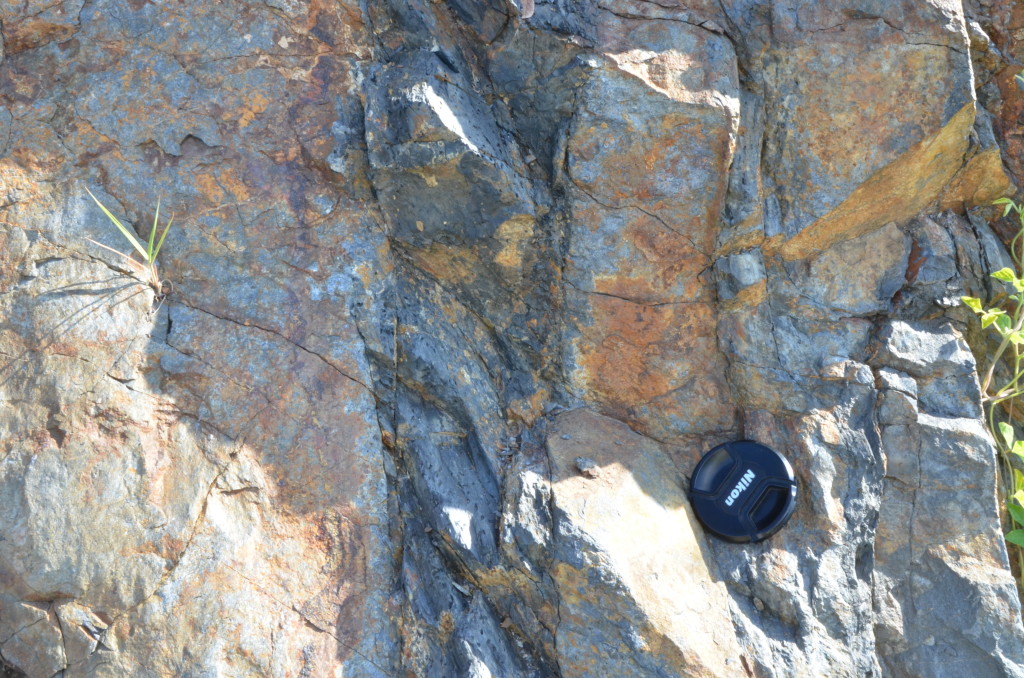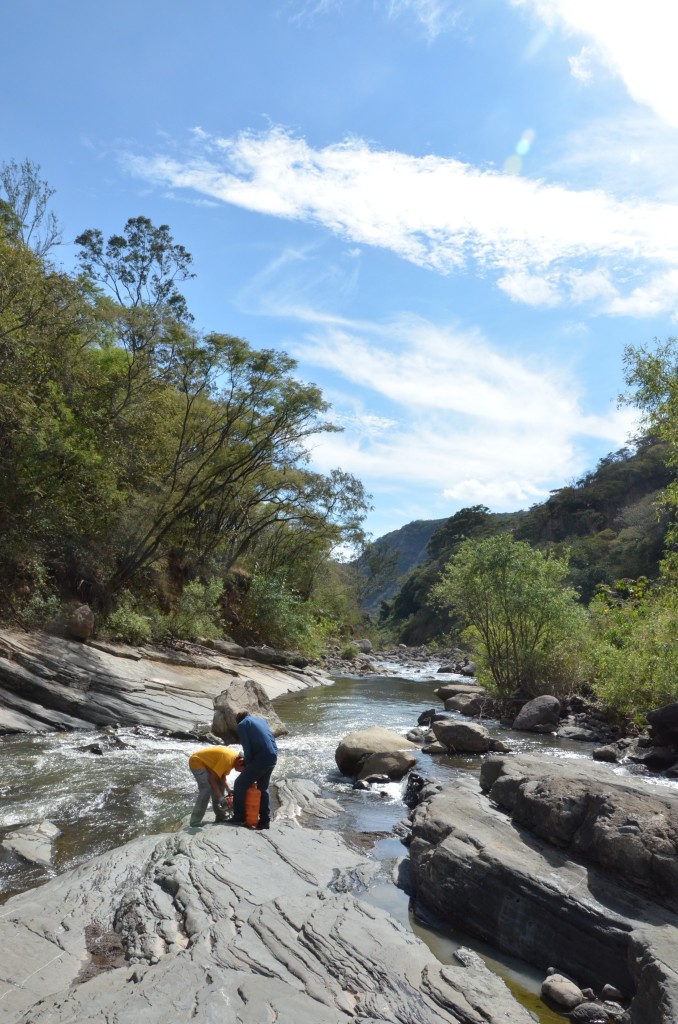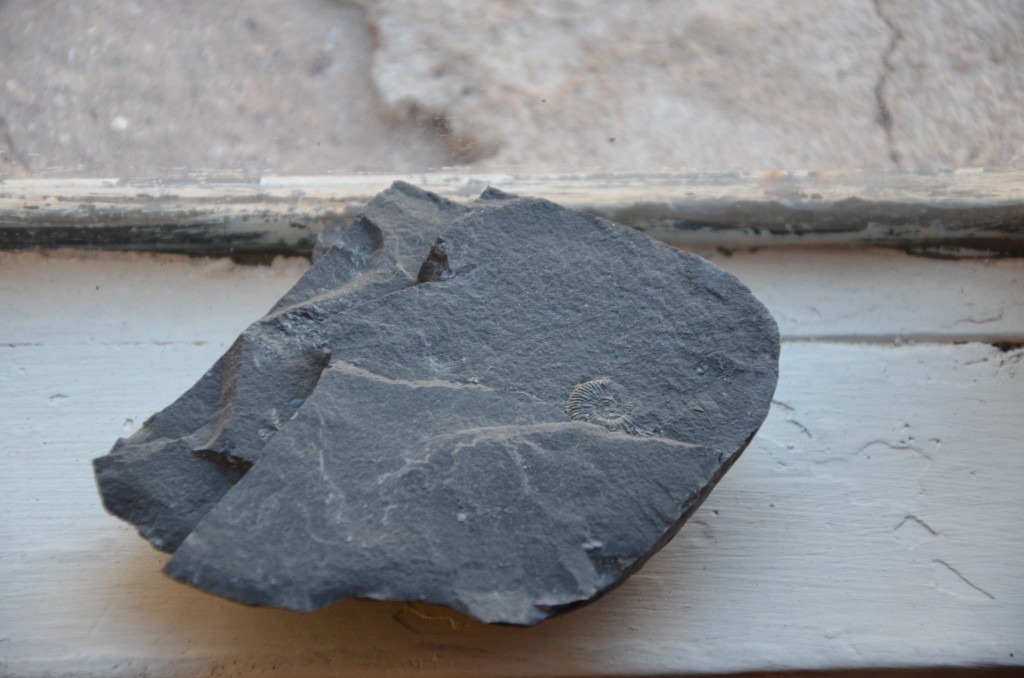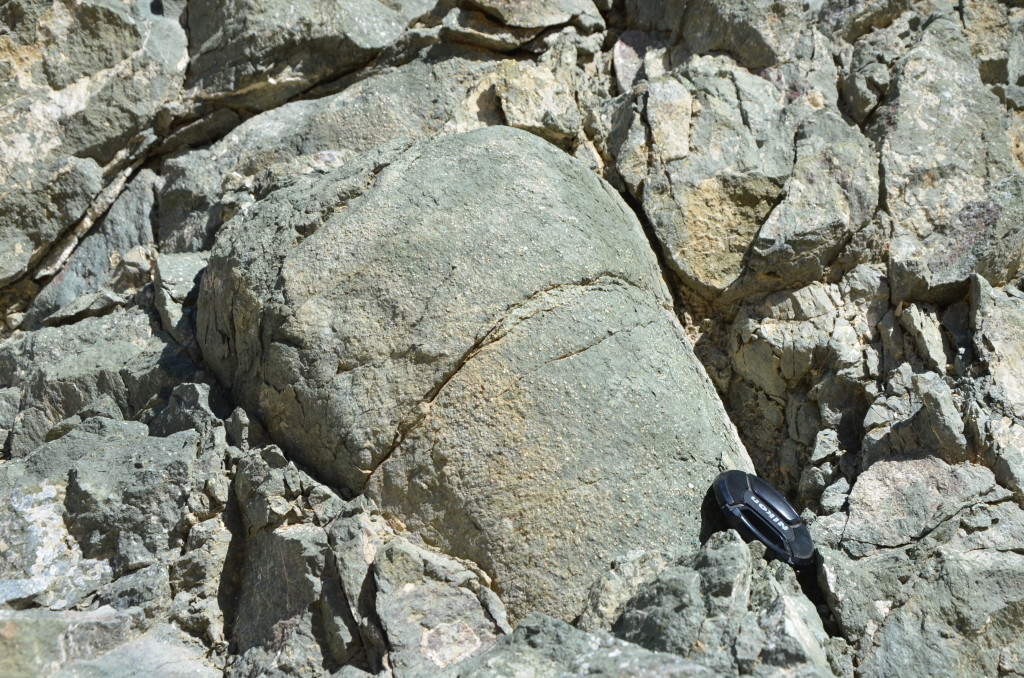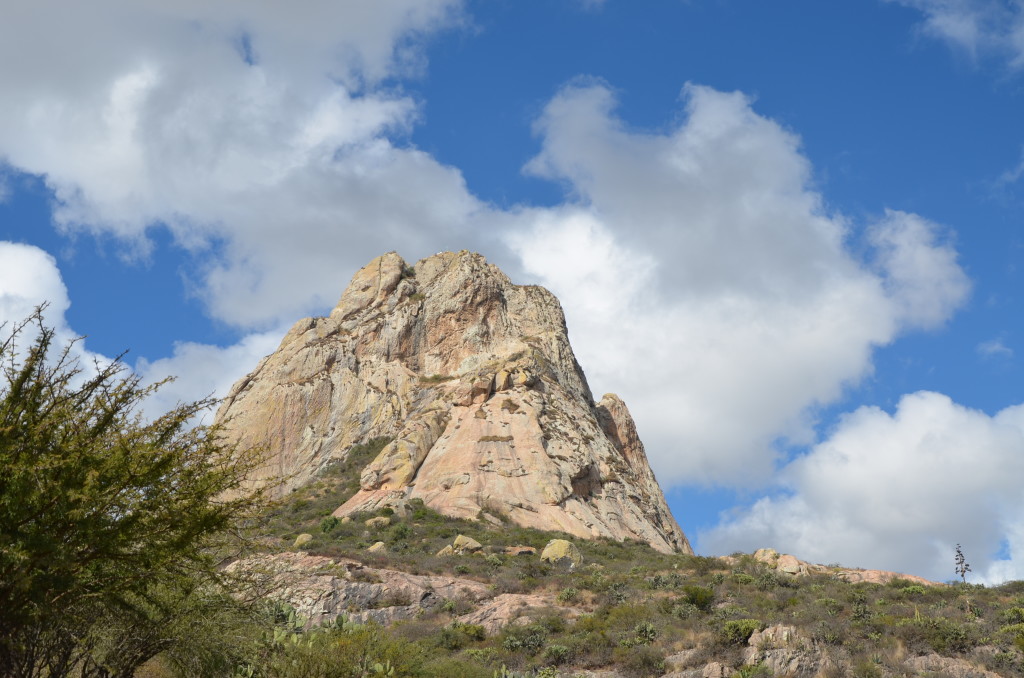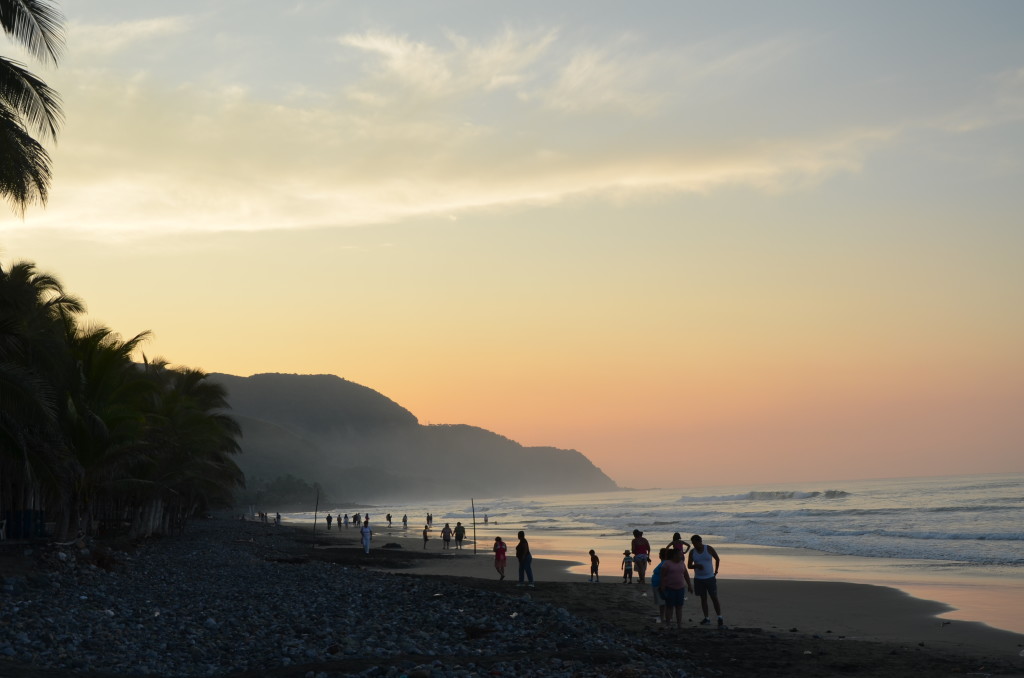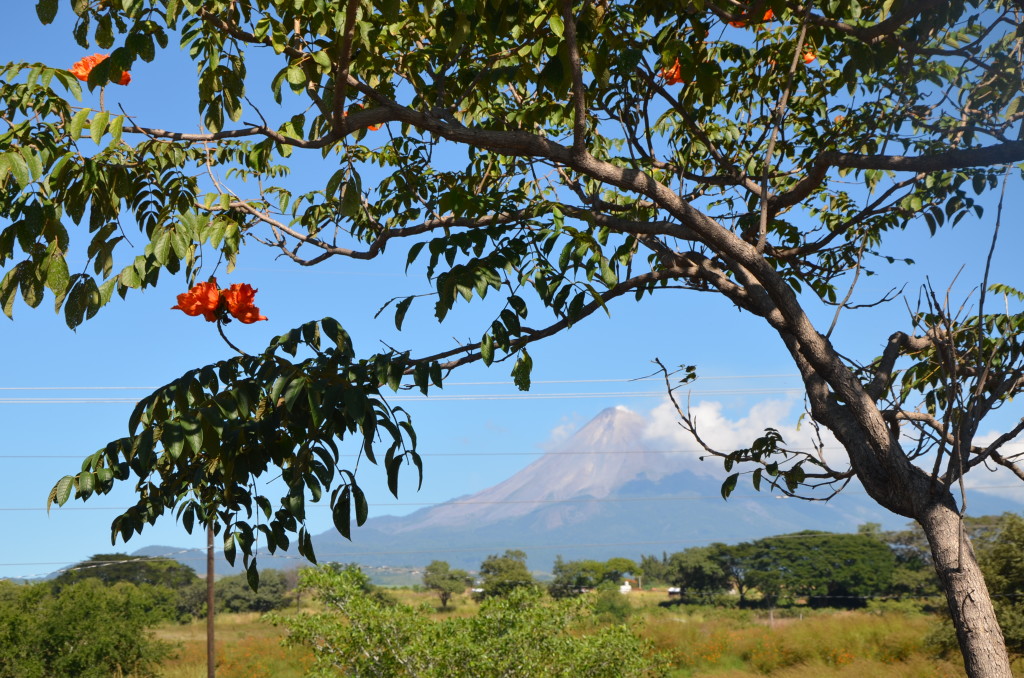Lydian is a PhD candidate at Utrecht University working with Douwe van Hinsbergen on the the Mesozoic (252-66 million years ago) plate tectonic evolution of the paleo-Pacific Ocean. You can read more about her research here.
Last November, I headed to Mexico to do the first fieldwork of my PhD-project that I just started 4 months ago. In this project, I will attempt to reconstruct the Mesozoic tectonic history of the paleo-Pacific, the Pathalassa Ocean. In the early Mesozoic, all the continents were packed together in the supercontinent Pangea, leaving approximately two-thirds of the globe to be one massif oceanic domain. Tectonically, very little is known about this ocean and it will be my job to put some pieces of the puzzle into place in the next few years. I will mainly focus on the location and nature of former plate boundaries.
In order to do this, I will be doing sampling for paleomagnetic analysis around the present-day Pacific, starting with the tectonic mélange at the west coast of Mexico and the Guerrero arc, which spans a large part of western Mexico.
We were hoping to sample sediments that have been scraped off the downgoing plate and accreted to the overriding plate (Guerrero) during subduction, to get some constraints on the latitudinal motion of the oceanic plate. We (Douwe van Hinsbergen, Roberto Molina Garza and me) searched for blocks of chert in the mélange, but, although often described in the literature, we did not find any mélange at all, except in one location, where the complex has been named (Las Ollas).
We did find some other pretty stuff though:
No luck with the mélange, so on to plan B: the Guerrero Arc. The Guerrero superterrane was accreted to the Mexican continental mainland in the Late Cretaceous. Prior to accretion, it was an active volcanic arc, related to subduction, and therefor it is a ‘marker’ for a former plate boundary. Multiple models have been proposed for the origin and evolution of Guerrero, with different subduction polarities, different positions of the arc (intra-oceanic or only separated from the continent by a large back-arc basin), and different ages for accretion. I sampled the arc (sediments and volcanics) in three localities: two in the states Jalisco and Michoacán and the third further north, near the city of Zacatecas. After the first locality, I was joined in the field by three students of Roberto: Giovanny Nova Rodriguez, Paola Catalina Montaño Cortes and Daniel Serrano.
Although I do not yet know if the rocks that I sampled will yield good results, I hope that my data will provide an Early Cretaceous paleolatitude for the Guerrero arc. By combining this with the longitude of lower mantle slabs remnants that are attributed to the Guerrero subduction, I can put the first piece of the puzzle into place!
To conclude, some pretty sights that we came across on our road trips between different localities:
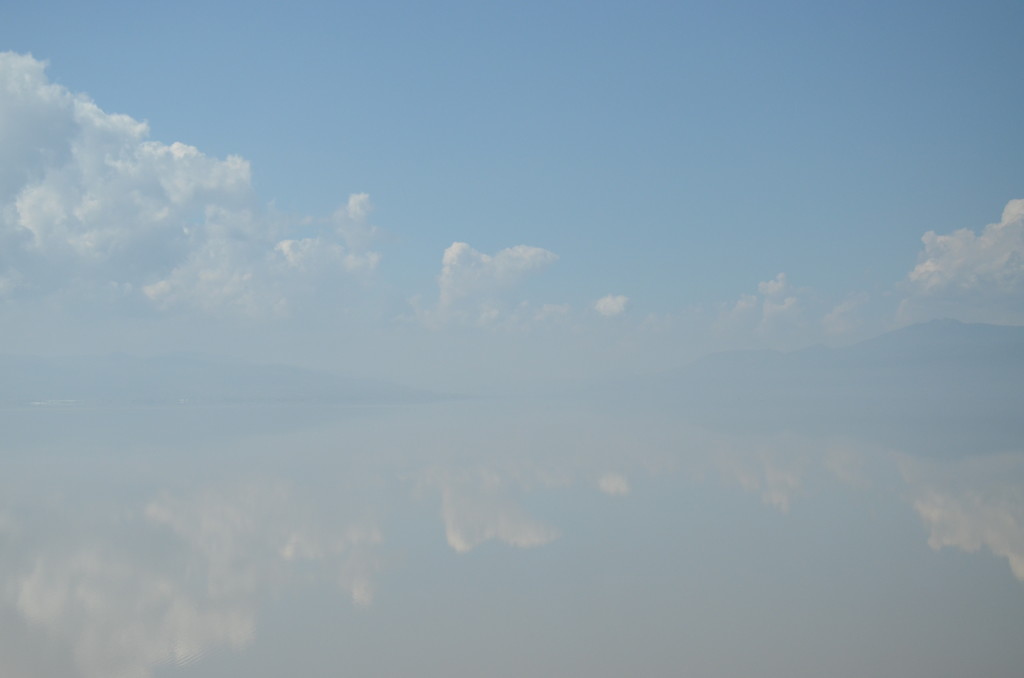
‘Invisible’ Lake Cuitzeo, in one of the east-west trending intra-arc basins of the Trans Mexican Volcanic Belt
![]() This work is licensed under a Creative Commons Attribution-NonCommercial-ShareAlike 4.0 International License.
This work is licensed under a Creative Commons Attribution-NonCommercial-ShareAlike 4.0 International License.




